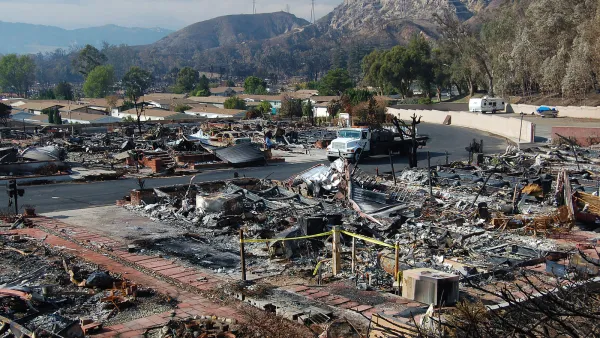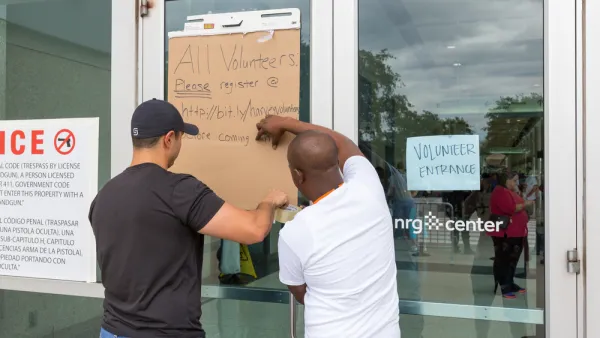“In recent days, the Netherlands’ peerless expertise and centuries of experience in battling water have been widely hailed in the United States as offering lessons" for New York and for other cities alike, writes Andrew Higgins.
So, what is it that makes the Dutch way of preventing floods so compelling as a model? The operative word here is preventive, but it is also based on years of experience.
"[A]n elaborate and highly effective Dutch defensive system... includes flood-control techniques first developed in the Middle Ages and futuristic steel structures that, operated by computers, move to block storm surges when water levels rise too high," describes Higgins. Dutch expertise is based on a history of dealing with mighty storms and devastation, as well as consequent policy decisions and capital investment aimed at preventing this in the future. With that said, the Dutch government has spent billions in large construction projects such as the Delta Works, including steep annual maintenance costs for these systems.
Challenges the U.S. would face in implementing flood prevention strategies would include changing its approach to disaster mitigation from a focus on management to one centered on avoidance. "The U.S. is excellent at disaster management," but "working to avoid disaster is completely different from working after a disaster," says Wim Kuijken, the Dutch government's senior official for overall water control policy. Furthermore, the U.S. would need to leverage funding for comparable megaprojects, and finding ways to tailor flood prevention strategies to the local geography and situation.
For New York, this might not necessarily translate into building huge barriers the Dutch way, but finding more appropriate and less expensive solutions like building flood-proof entrances for subway stations and parking structures, warns Bas Jonkman, professor of hydraulic engineering at Delft University of Technology. In fact, in recent years, Dutch prevention measures have also shifted towards prioritizing "enlarg[ing] defenses in a natural way," says Kuijken, including dumping "706 million cubic feet of sand off the coast north of Rotterdam to promote the formation of protective sandbars."
FULL STORY: Lessons for U.S. From a Flood-Prone Land

Analysis: Cybertruck Fatality Rate Far Exceeds That of Ford Pinto
The Tesla Cybertruck was recalled seven times last year.

National Parks Layoffs Will Cause Communities to Lose Billions
Thousands of essential park workers were laid off this week, just before the busy spring break season.

Retro-silient?: America’s First “Eco-burb,” The Woodlands Turns 50
A master-planned community north of Houston offers lessons on green infrastructure and resilient design, but falls short of its founder’s lofty affordability and walkability goals.

Test News Post 1
This is a summary

Analysis: Cybertruck Fatality Rate Far Exceeds That of Ford Pinto
The Tesla Cybertruck was recalled seven times last year.

Test News Headline 46
Test for the image on the front page.
Urban Design for Planners 1: Software Tools
This six-course series explores essential urban design concepts using open source software and equips planners with the tools they need to participate fully in the urban design process.
Planning for Universal Design
Learn the tools for implementing Universal Design in planning regulations.
EMC Planning Group, Inc.
Planetizen
Planetizen
Mpact (formerly Rail~Volution)
Great Falls Development Authority, Inc.
HUDs Office of Policy Development and Research
NYU Wagner Graduate School of Public Service




























